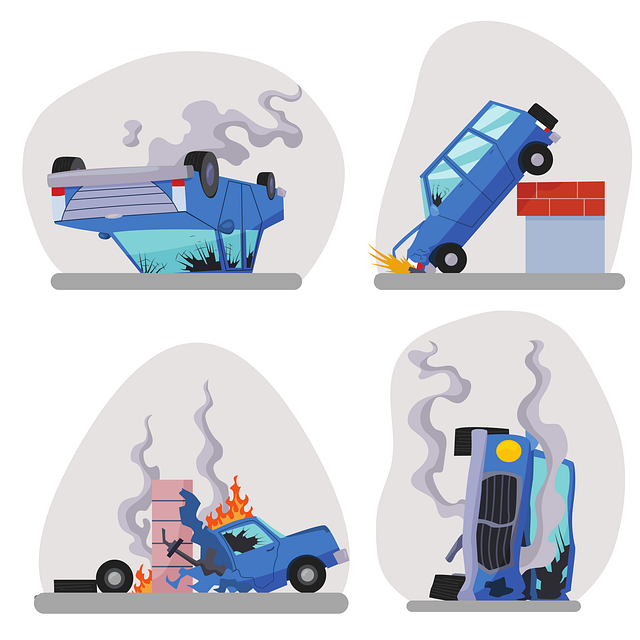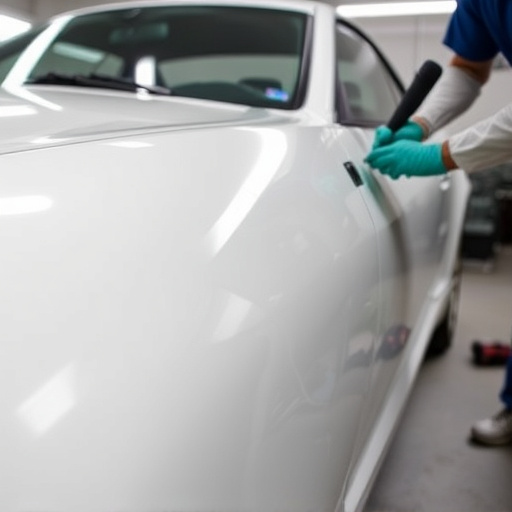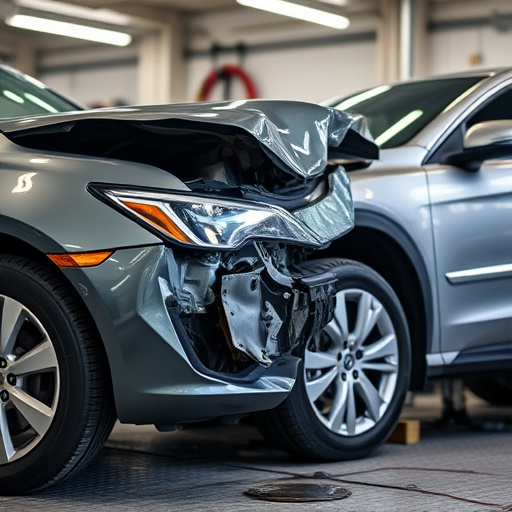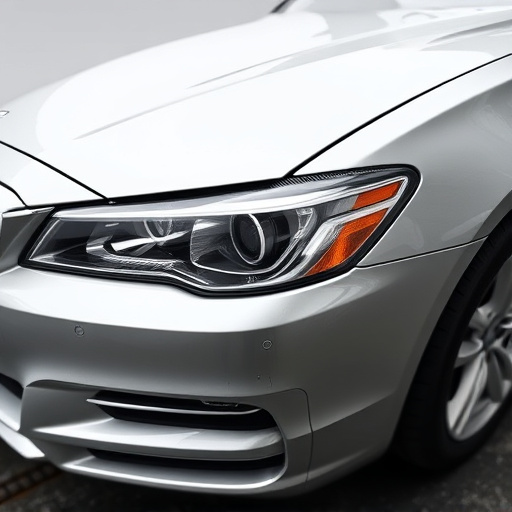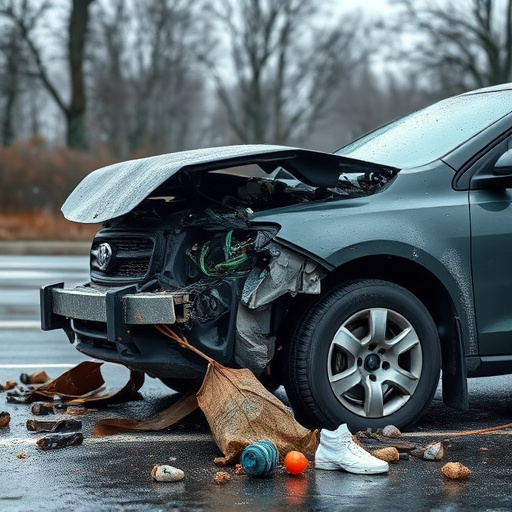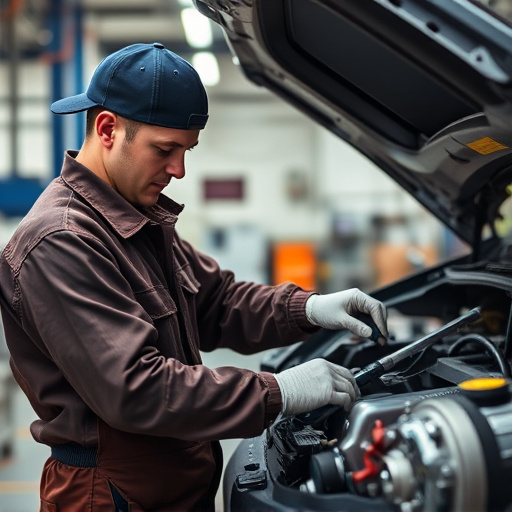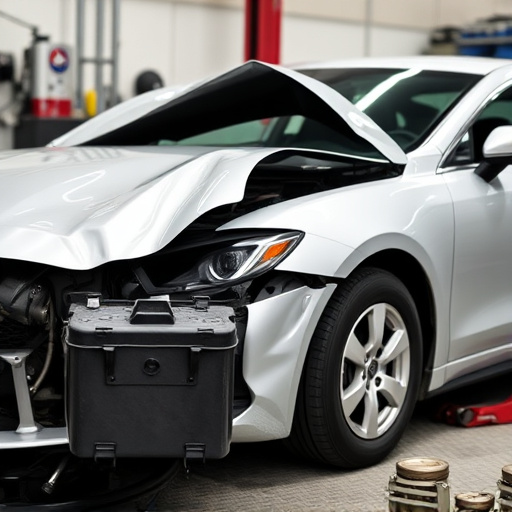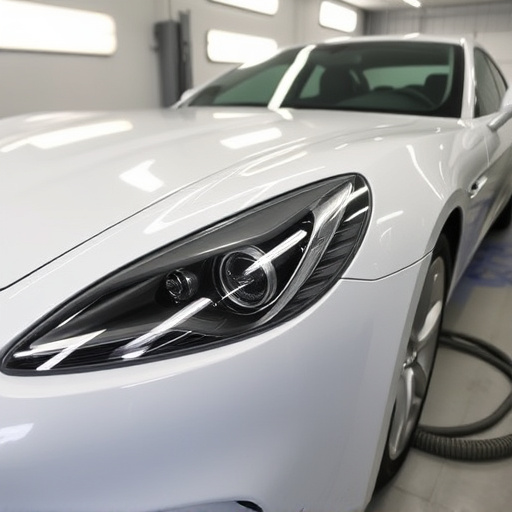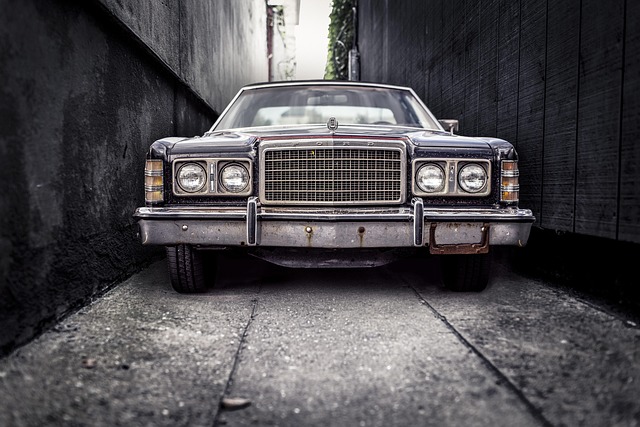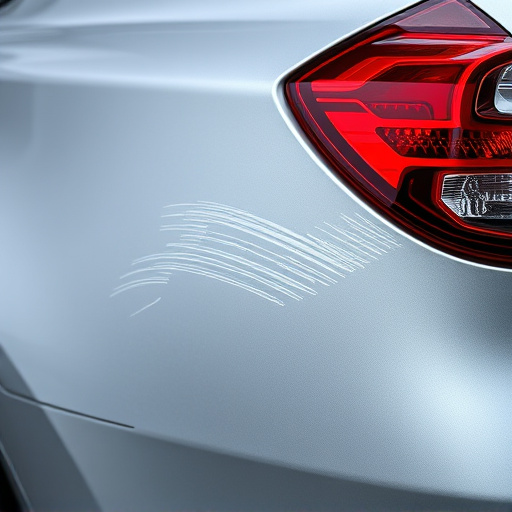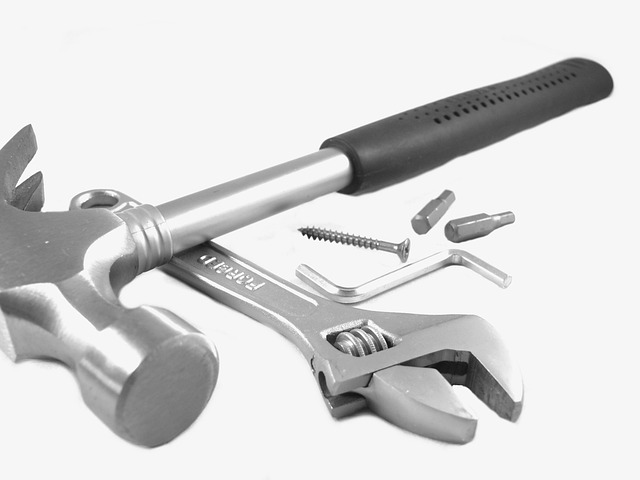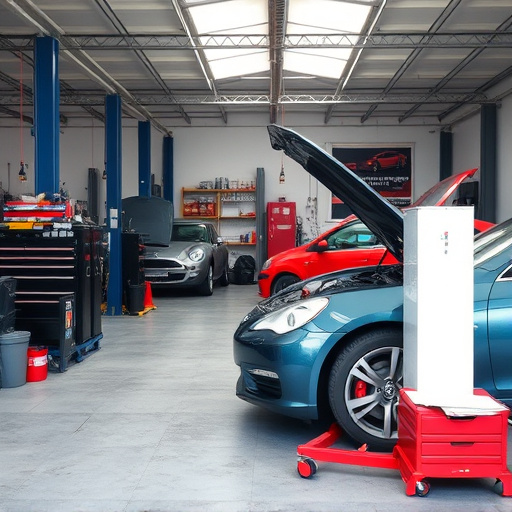Auto body shop insurance protects businesses from financial losses due to property damage, liability claims, employee injuries, and legal expenses, ensuring smooth operation and peace of mind. Common repair causes include vehicle accidents, natural disasters, aging vehicles, routine neglect, and vandalism, with auto body painting services frequently requested. Effective insurance plans cater to these needs, streamlining claim management and facilitating seamless service delivery. Understanding the claim filing process, involving customer reporting, documentation, assessment, and approval, is crucial for successful repairs and clear communication about coverage and costs.
At many auto body shops, repairs aren’t just about fixing dents; they’re about restoring safety and peace of mind. Understanding your auto body shop insurance coverage is crucial for navigating the claims process efficiently. This guide delves into common causes of claims—from accidents to wear and tear—and explains the step-by-step process of filing and resolving them. By familiarizing yourself with these aspects, you can ensure a smoother experience during repairs under your auto body shop insurance plan.
- Understanding Auto Body Shop Insurance Coverage
- Common Causes of Claims and Repairs
- The Process of Filing and Resolving Claims
Understanding Auto Body Shop Insurance Coverage

Auto body shop insurance is designed to protect businesses specializing in vehicle repairs and restoration against various risks they may encounter during operations. This coverage plays a crucial role in ensuring that auto body shops can continue their services seamlessly, offering peace of mind for both owners and operators. Understanding what this insurance entails is essential for any business in the collision repair or frame straightening industry.
The insurance plans typically cover a wide range of incidents, from property damage and liability claims to employee injuries and legal expenses. For auto body shops offering collision repair services, this means protection against potential costs arising from accidents involving vehicles left in their care. It also includes coverage for the shop’s physical facilities, equipment, and inventory, ensuring that any damages or losses are repaired or replaced. With comprehensive auto body shop insurance, businesses can navigate through challenging situations, focusing on providing quality services without worrying about unforeseen financial burdens.
Common Causes of Claims and Repairs
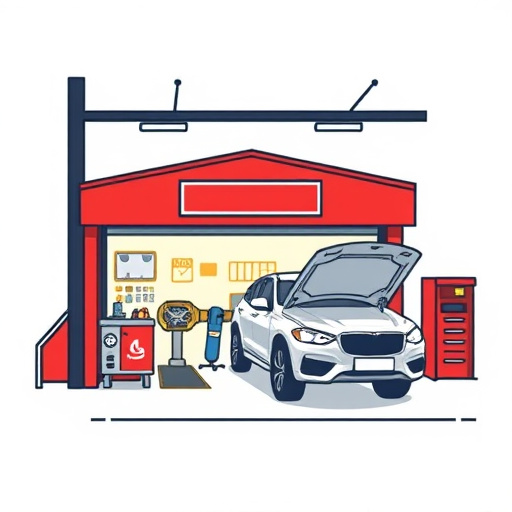
In the realm of auto body shop insurance claims, understanding common causes of repairs is pivotal for both businesses and policyholders. The most frequent reasons for auto body work claims include vehicle accidents, ranging from minor fender benders to severe collisions. These incidents often lead to damage such as dents, scrapes, cracked windshields, and more significant structural issues. Additionally, natural disasters like storms, floods, or fires can cause widespread destruction, prompting numerous claims for auto bodywork repairs.
Other notable causes include aging vehicles with worn-out parts, routine neglect, and vandalism. Auto body painting services are frequently required due to rust, color fading, or customers opting for new paint jobs. Effective insurance plans cater to these diverse needs, ensuring that auto body shops can efficiently service their clients’ vehicles while managing claims processes smoothly.
The Process of Filing and Resolving Claims
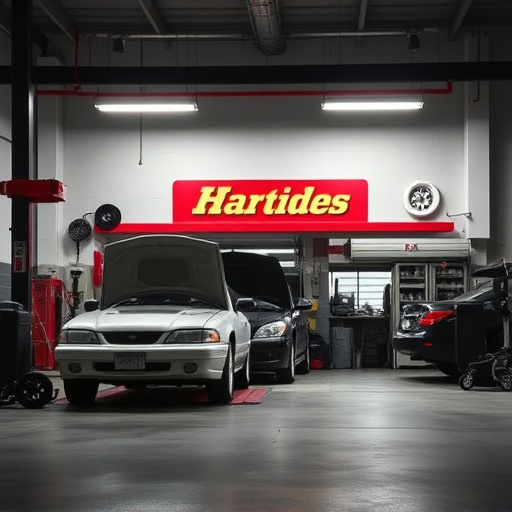
When a customer involves an auto body shop for repairs, understanding the claim filing process is crucial. The customer first reports the incident to their insurance provider, providing details and documentation related to the damage. For auto body shop insurance plans, this typically includes taking pictures of the damaged vehicle and assessing the extent of the repair needs. Once filed, the insurance company assesses the claim, evaluating the cost estimates provided by the shop against their policy terms. This process ensures that both parties understand the coverage and responsibilities.
Effective communication is key during this period as the auto body shop and insurance provider collaborate to resolve the claim. Repairs begin once approved, with the shop keeping the customer updated on progress. Upon completion, the shop provides a final invoice, and the insurance company issues payment accordingly. For services like auto glass repair or auto detailing, clear communication about coverage and out-of-pocket expenses is vital to avoid misunderstandings, ensuring a seamless experience for all involved parties.
Auto body shop insurance is a vital component in protecting businesses from financial loss due to common claims, such as those resulting from accident repairs and customer disputes. By understanding coverage options, recognizing typical causes of claims, and knowing the claim filing process, body shops can effectively navigate potential issues and ensure smooth operations. Investing in comprehensive auto body shop insurance is a strategic move to safeguard against unexpected costs and maintain customer satisfaction.
